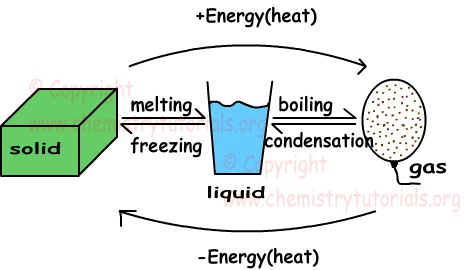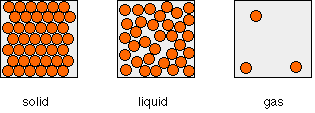Diffusion: The random movement of particles in a liquid or gas from an area of high concentration to an area of low concentration.
Diffusion in gases experiment (Fig. 1)
- Place a cotton ball dipped in hydrochloric acid (HCl) on one end of a tube. Seal it with a cork thingie.
- Place a cotton ball dipped in ammonia (NH3) solution on the other end of the tube. Again, seal with a cork thingie.
- As the gases produced diffuse down the tube, you will see a white ring forming nearer to the end with the HCl. This is ammonium chloride (gas).
 |
| Figure 1 |
From this, you can observe that the ammonia particles are lighter, as they have travelled further than the HCl in the same amount of time.
LIGHT PARTICLES TRAVEL FASTER THAN HEAVIER ONES
Diffusion in liquids (also dilution) experiment (Fig. 2)
- Place a spatula of potassium permanganate (or any other strongly colored substance) in a gas jar full of water, right at the bottom. (note that for best results, use a straw to do this)
- You will see the purple color is most concentrated at the bottom and very light at the top.
- Diffusion will happen, as the color eventually evens out. In liquids this is very slow, so leave it to diffuse over a couple of days
- When the color has evened out, it has reached equilibrium.
 |
| Figure 2: Potassium permanganate in water over time. |
Diffusion is slow in liquids because (colored) particles do not have a lot of space to move between the particles of the solute, unlike in gases, where the particles are very far apart. This will happen faster if heat is added to the liquid, as then particles gain more energy and move faster :)


